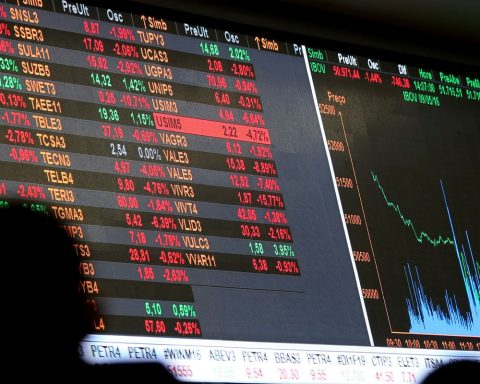In May 2022, the Consumer Confidence Indicator (ICC) showed a slight improvement as it increased 0.7 percentage points (pps) , 70 basic points, and stood at a level of 35.4 points. But despite this progress, household perceptions continue to show marked pessimism.
(Consumer confidence improved in May and reached 35.4 points).
This was evidenced by the latest Social Pulse survey of the National Administrative Department of Statistics (Dane). According to the entity, in the fifth month of the year the improvement of the ICC was driven by the perspectives towards the past, in which households are consulted as they consider their situation compared to 12 months ago, and how they see the situation of the country compared to a year ago.
In the case of the economic situation of families, an indicator of 41.5 pps was registered, compared to 40.3 points in April; and in the economic perception of the country, this component went from 31.9 points in April to 32.6 in May.
(Results and tasks in the public services and communications sector).
However, according to the director of Dane, Juan Daniel Oviedo, 78.4% of households still consider that their situation is worse today than it was a year ago, and 67.8% of households indicated that the country’s situation is worse than a year ago, despite the fact that this perception has improved.
Oviedo also pointed out that, “despite observing a slight improvement, the consumer confidence indicator still continues with a component that is atypically below the levels of confidence that we observed at the end of last year.”
Facing future prospects, For 30.8% of household heads, their situation in the next 12 months will be worse than the current one. “It is a perception that is on the rise, and it is a very marked rise approximately since November 2021,” Oviedo explained. Likewise, 45.3% of families think that the country’s situation will be worse.
The report also showed that 62.7% of households are less likely to purchase basic necessities, such as clothing, shoes or food, and 73.4% say they are less likely to purchase semi-durable goods, such as appliances or furniture. Oviedo highlighted that there has been a “reduction in that prevalence”, but the dominance continues to be that of households with restrictions on their possibilities.
In May, 77.4% of households reported not having the ability to save and 6.2% indicated that they did not even have any income.
Faced with the question, how do you think prices will behave in the country in the next 12 months compared to the previous 12 months?”, 88.7% of the heads of households answered that they will increase. For 61.1% of them, the increase in prices will be “a lot”.
LAURA LUCIA BECERRA ELEJALDE
BRIEFCASE


















